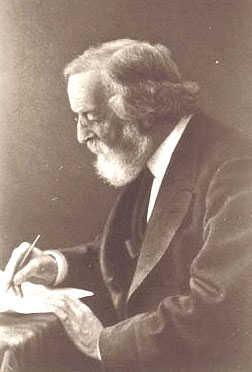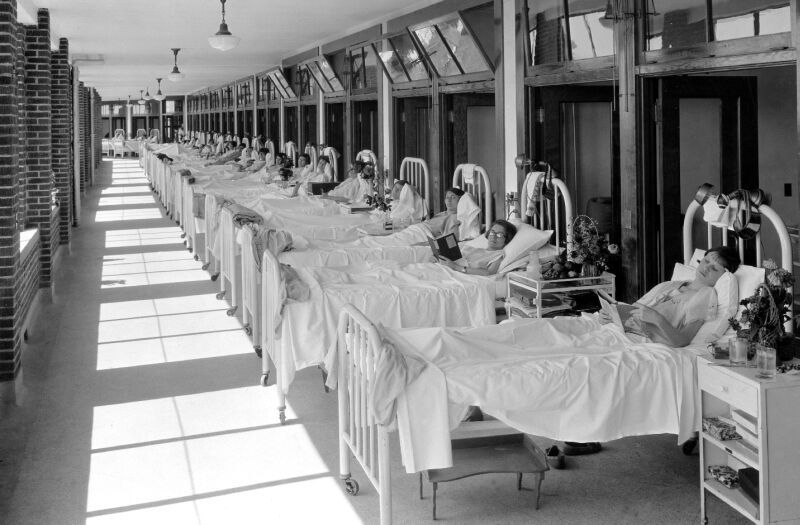
Somehow, I doubted it was the latter. The further that morning's fight slipped into the past without comment, the more convinced I was that no one could remember it.
- Harry Connolly, Child of Fire
This seems to have been a week of "slipping into the past." On Wednesday, as part of the Minn's series of lectures, I listened to a lecture on the life of James Freeman Clarke, a very influential pioneer Unitarian who became First Unitarian Church of Louisville's second minister, after the founding minister died after only a year in 1835.
When he graduated from Harvard Divinity School, he traveled by boat, rail and stage coach to Louisville, KY, a bustling town on the frontier with about 10,000 residents. He came to test himself and Unitarianism, and it left him changed and as a result, Unitarianism adopted his principles for the next 50 years.
Forced to travel with many different kinds of people, he learned that looking for the good in people was often rewarded. Having to travel with shackled slaves left a bitter taste in his mouth for the institution of slavery. While being an abolitionist, he didn't join any of their societies. He advocated that the end of slavery must come by preparing the then slaves for integration in the cultural mainstream, in lieu of a violent overthrow, a philosophy I heard passed down my own family tree, one family I know of who did own slaves, the Quarles of Virgina and Tennessee, who did buy property in Kentucky, but died before anyone moved there. I would like to believe, that if William Quarles had not been murdered, he would have freed his slaves and given them the land. Louisville changed James Freeman Clarke, and even though he considered himself a failure for only doubling the church, and stirring the hornet's nest in the settled congregation during his seven years, his preaching of an applied Christianity changed Louisville as well as influenced important people.
 Friday, while waiting for people to show up at the first of our new Louisville Get Togethers at a local Heins Brothers Coffee shops, a storm rolled in, and before it, my friend Lindsay from Louisville Swing Dance Society.
Friday, while waiting for people to show up at the first of our new Louisville Get Togethers at a local Heins Brothers Coffee shops, a storm rolled in, and before it, my friend Lindsay from Louisville Swing Dance Society.She was there to meet four of her friends for a planned two hour tour of the Waverly Hills Sanatorium. She asked me if I wanted to come along, and two of her friends assumed I was. She told me it was an old tuberculosis hospital that was supposed to be haunted.
The enormous building was the premier site for treating tuberculosis in the United States during the early 1930s before there was a cure. Louisville was the epicenter of the "White Plague," a name given to the disease that racked the lungs and nervous system. The heat and humidity of the Ohio River Valley worsened the outbreak in the area.

Designed to combat TB with the only known cure at the time, one whole side of the building was opened to fresh air, which was known to cure tuberculosis. The rooms opened directly to a long hallways, whose windows were not glassed in, but covered with copper mesh to keep the elements out. On the other side, behind the twin-occupancy room was another long hallway that lead to the bathrooms and nurses stations, and on the other side of the hallway were single-occupancy rooms, where the patients would spend the last hours before they died.
Waverly is supposed to be haunted, full of shadow people and strange happenings; but as I toured the second floor I noticed an intense psychological pressure trying to prevent me from entering the fatality room before I knew its function. It was almost palpable. As we left one of the fatality rooms and headed up the hallway, I somehow knew where the communal bathroom was before we past it, and I felt strangely, inexplicably "at home."
Once we got to the 5th floor, next to the famous room 502, we were warned that people who entered the nurses shower near where one the nurses was supposedly found hanging after what was anticipated to be an abortion gone wrong, would feel nausea and pregnancy pains, that even men would feel the same thing. Curious, I tried it, but felt nothing.
The room let out onto the roof, and I thought I felt a presence by one of the corner posts and walked toward it to try to experience what that person must have felt. I had the impression of a nurse in uniform, hat and cloak, looking down to the ground contemplating suicide.
On the 4th floor, some people believed they saw shadows that looked like people or parts of people. I was not tuned into what they saw, however, as I saw nothing.
At the height of the epidemic, it is said that a person died once an hour, and the bodies were transported out of site of the patients. When people checked in, they knew they would probably never check out.
As we walked downstairs to the outside of the building, I suddenly started feeling cramps in my lower abdomen just above the groin. Distended, I was hoping no one noticed I was holding my right hand in the same position one does when pregnant. Then my mental body image shifted, and I saw myself very muchly so, including swollen breasts. As I got in the passenger seat of the car, that image slowly faded.
Hugs and God Bless,
Sophie
No comments:
Post a Comment